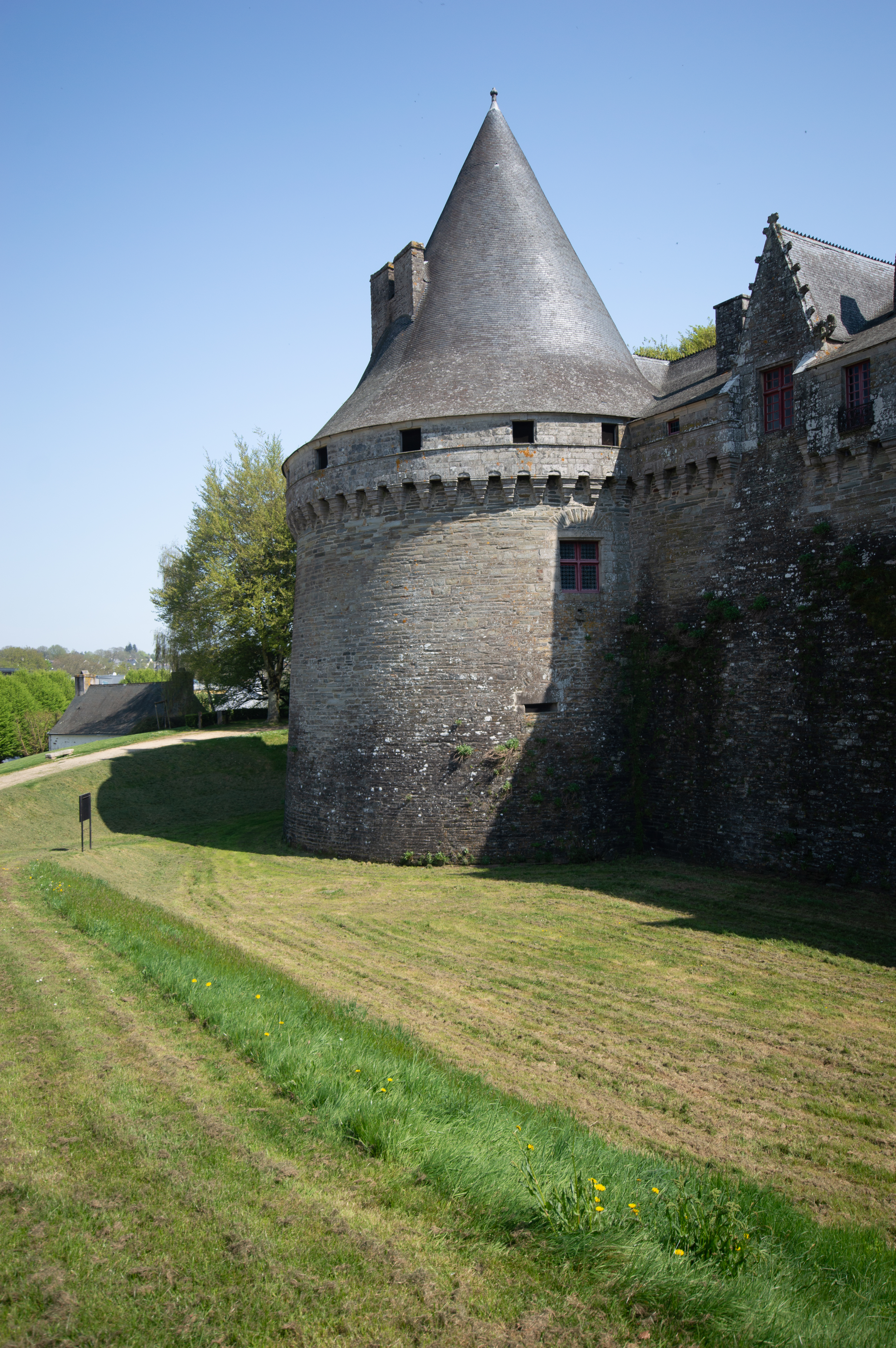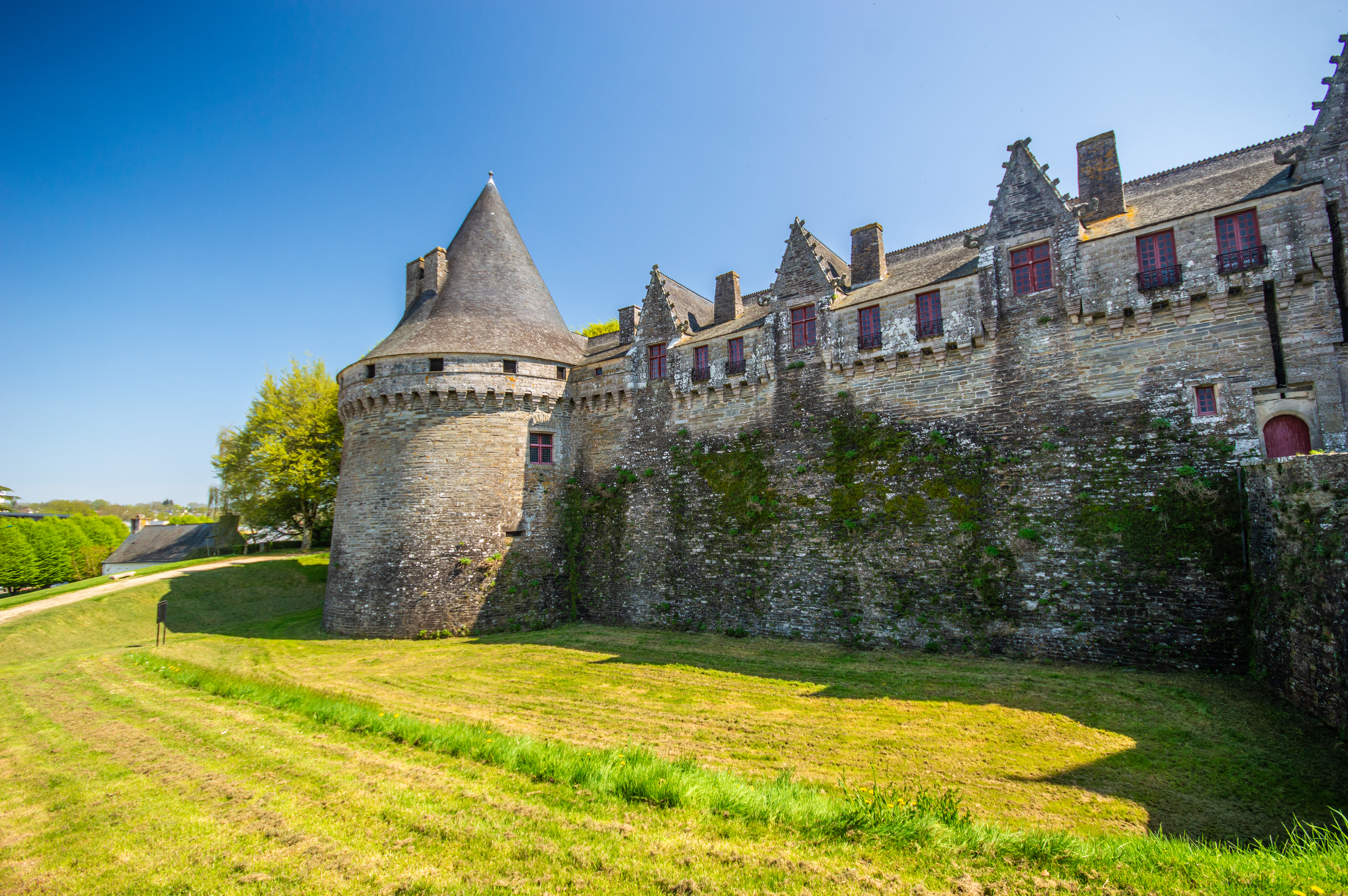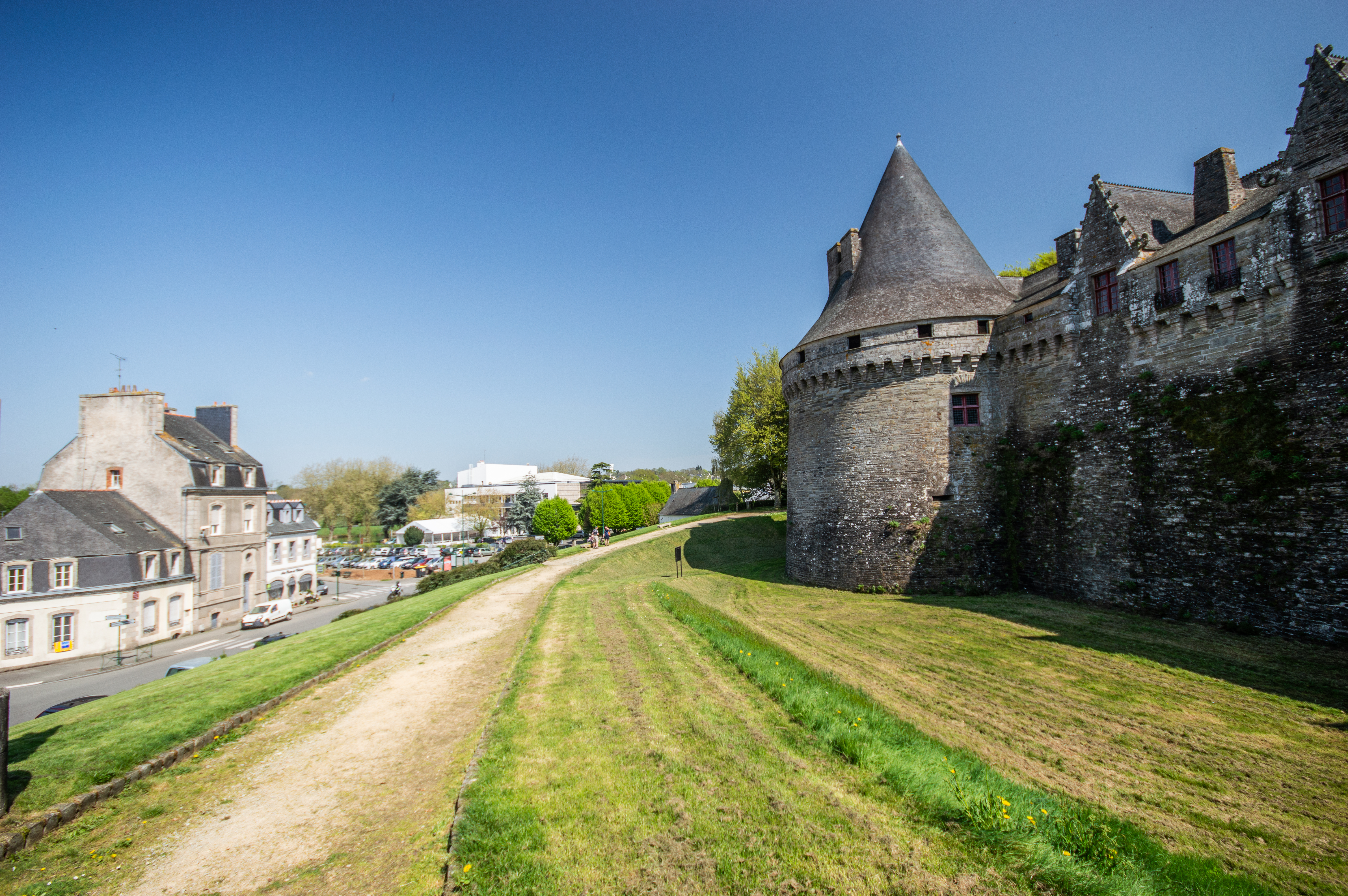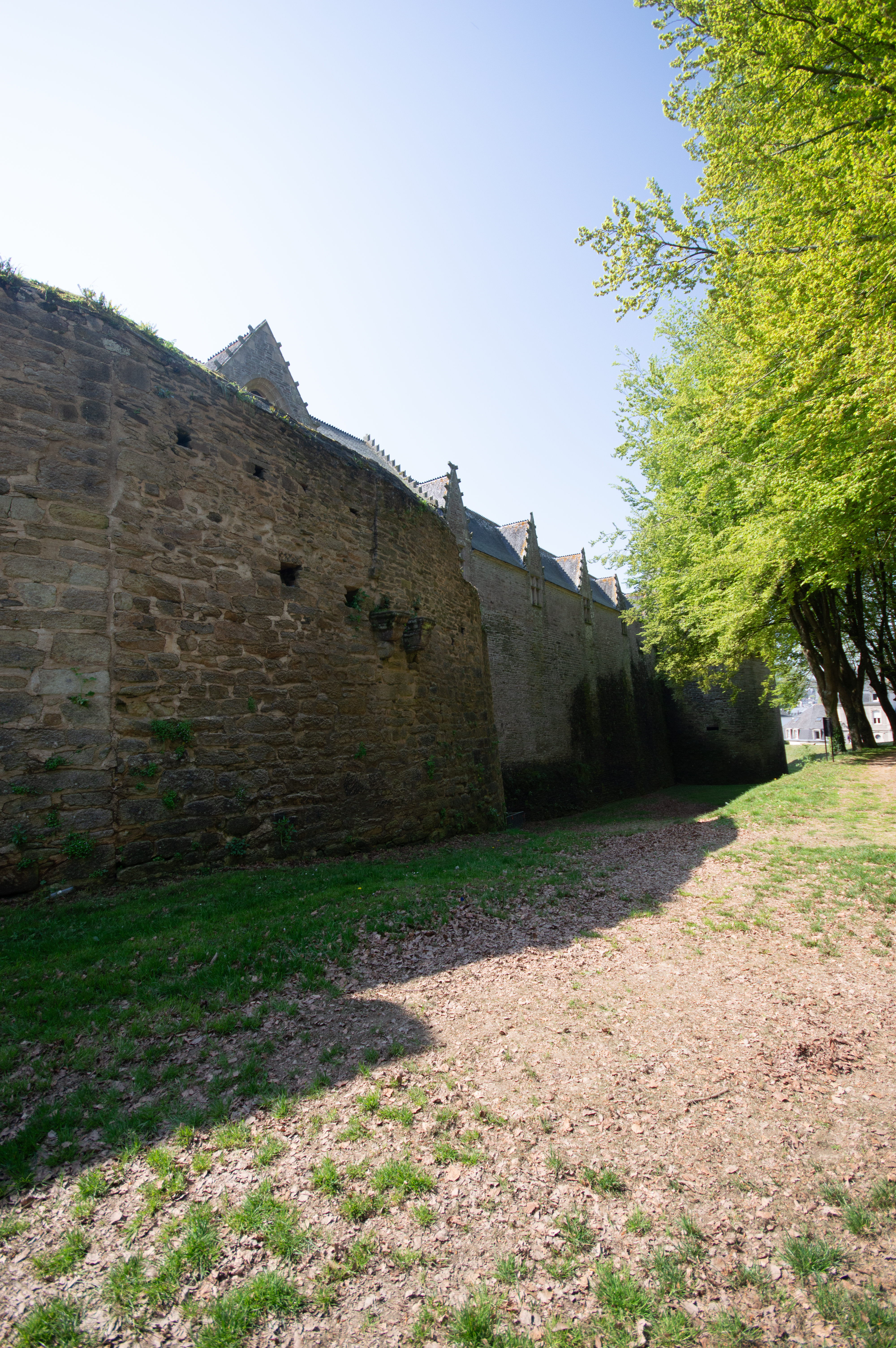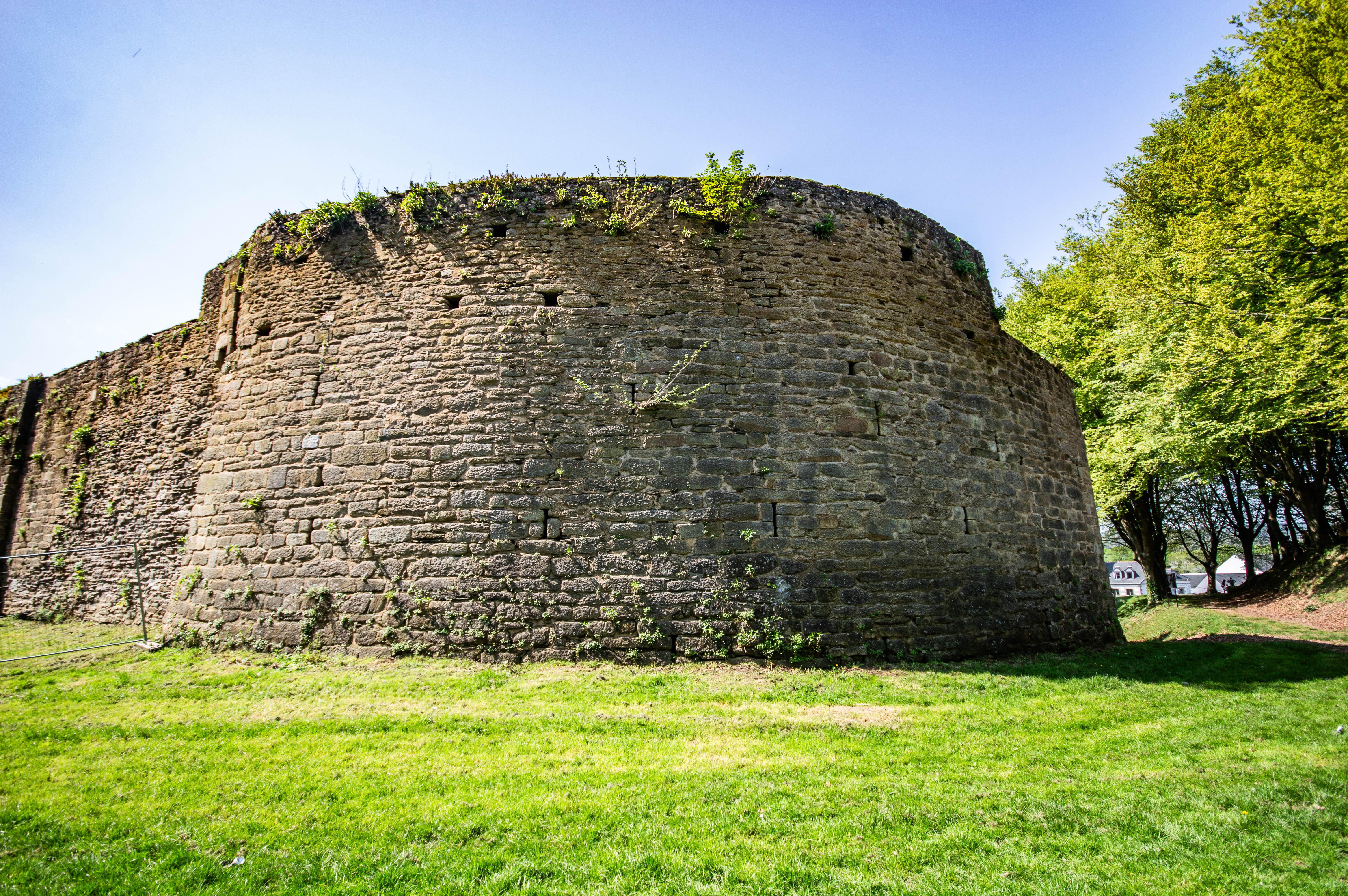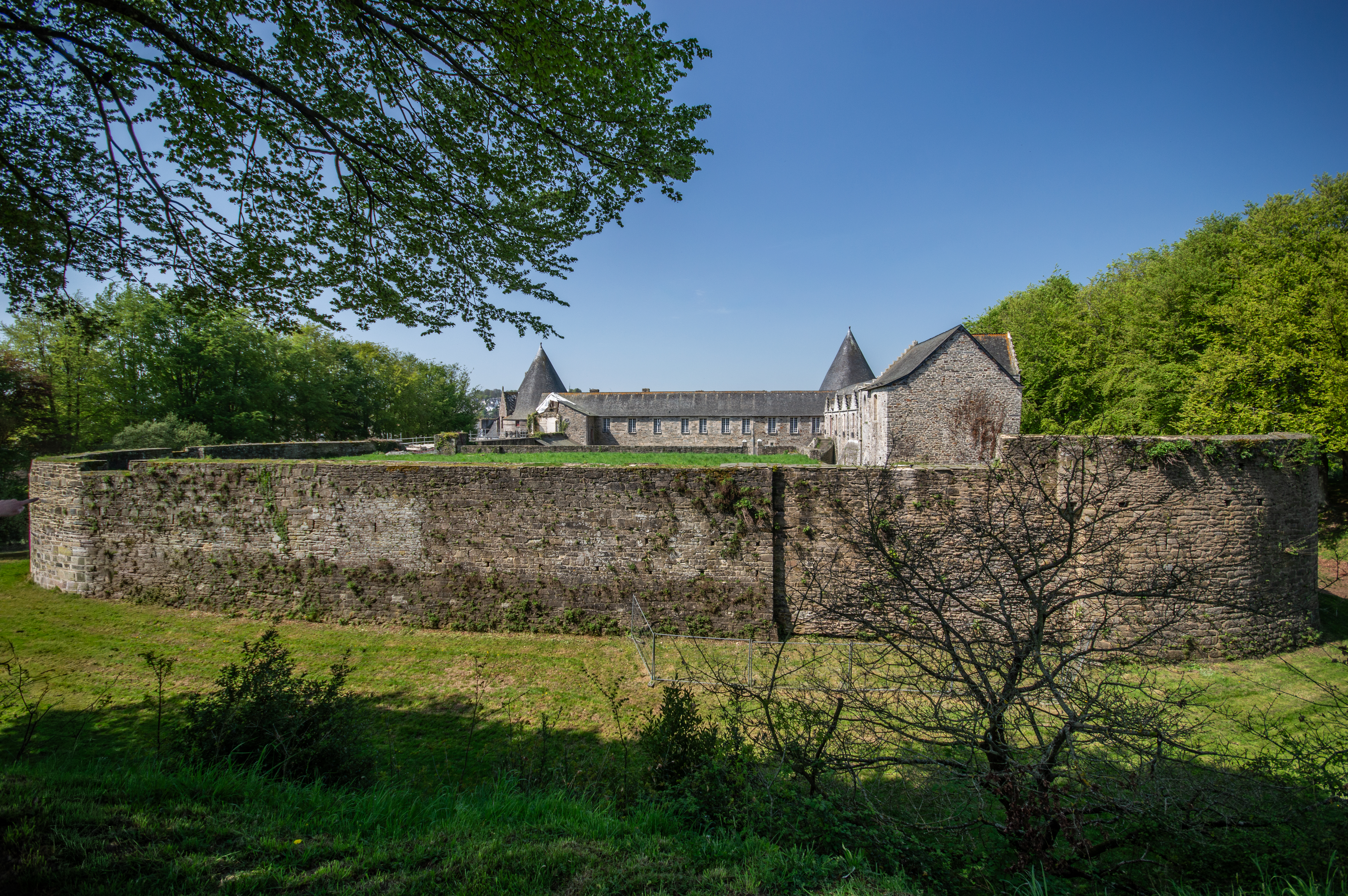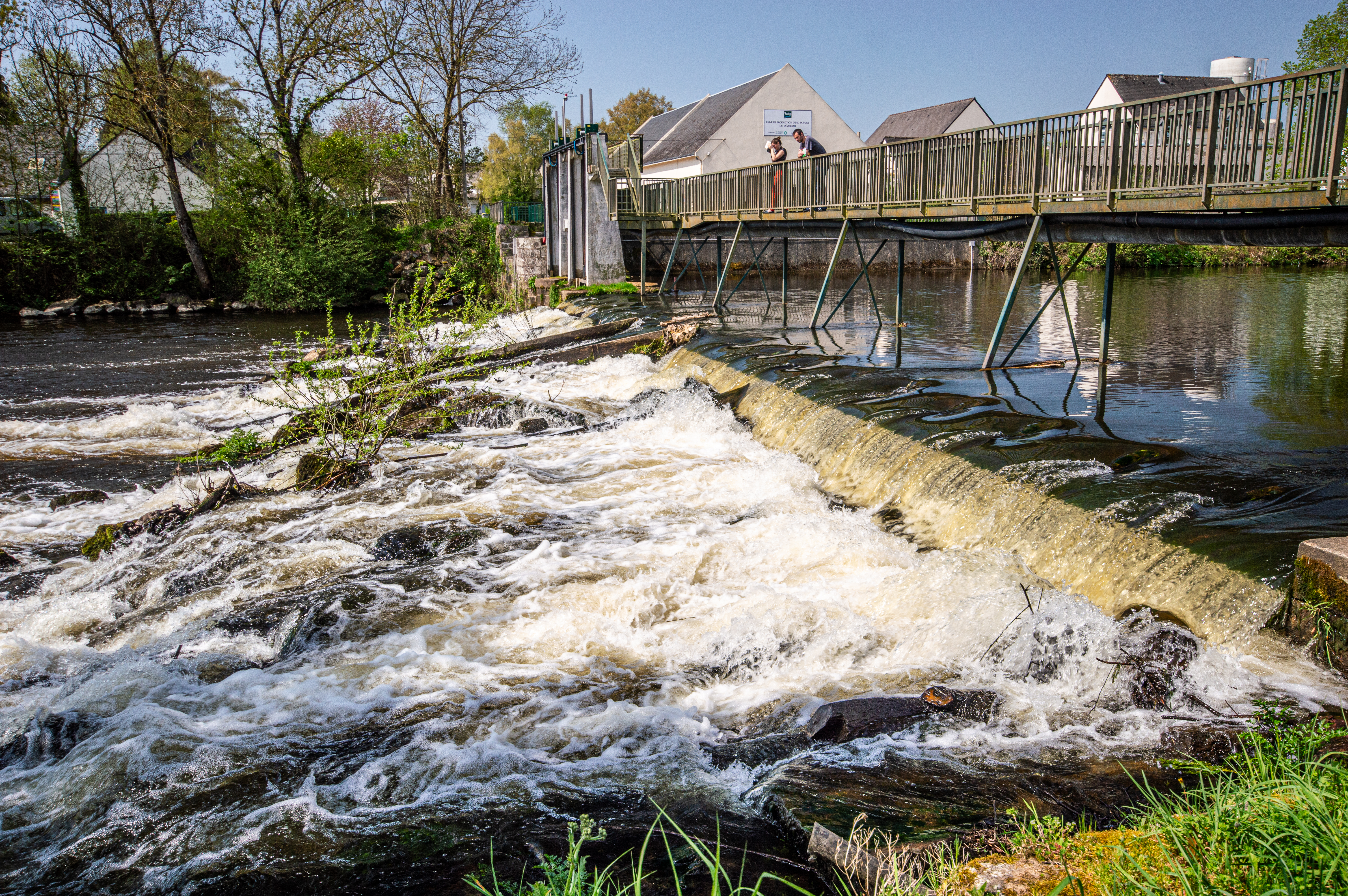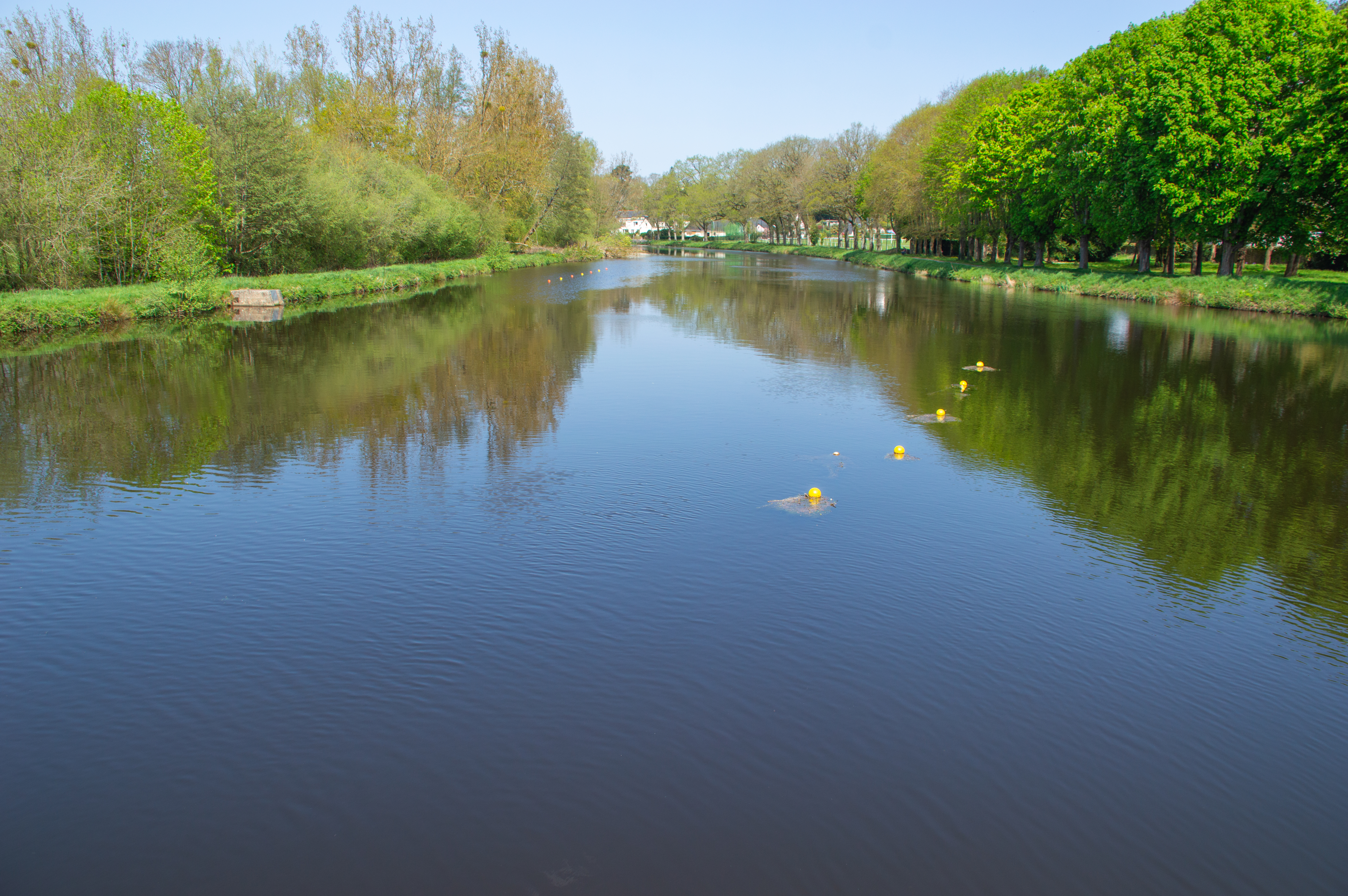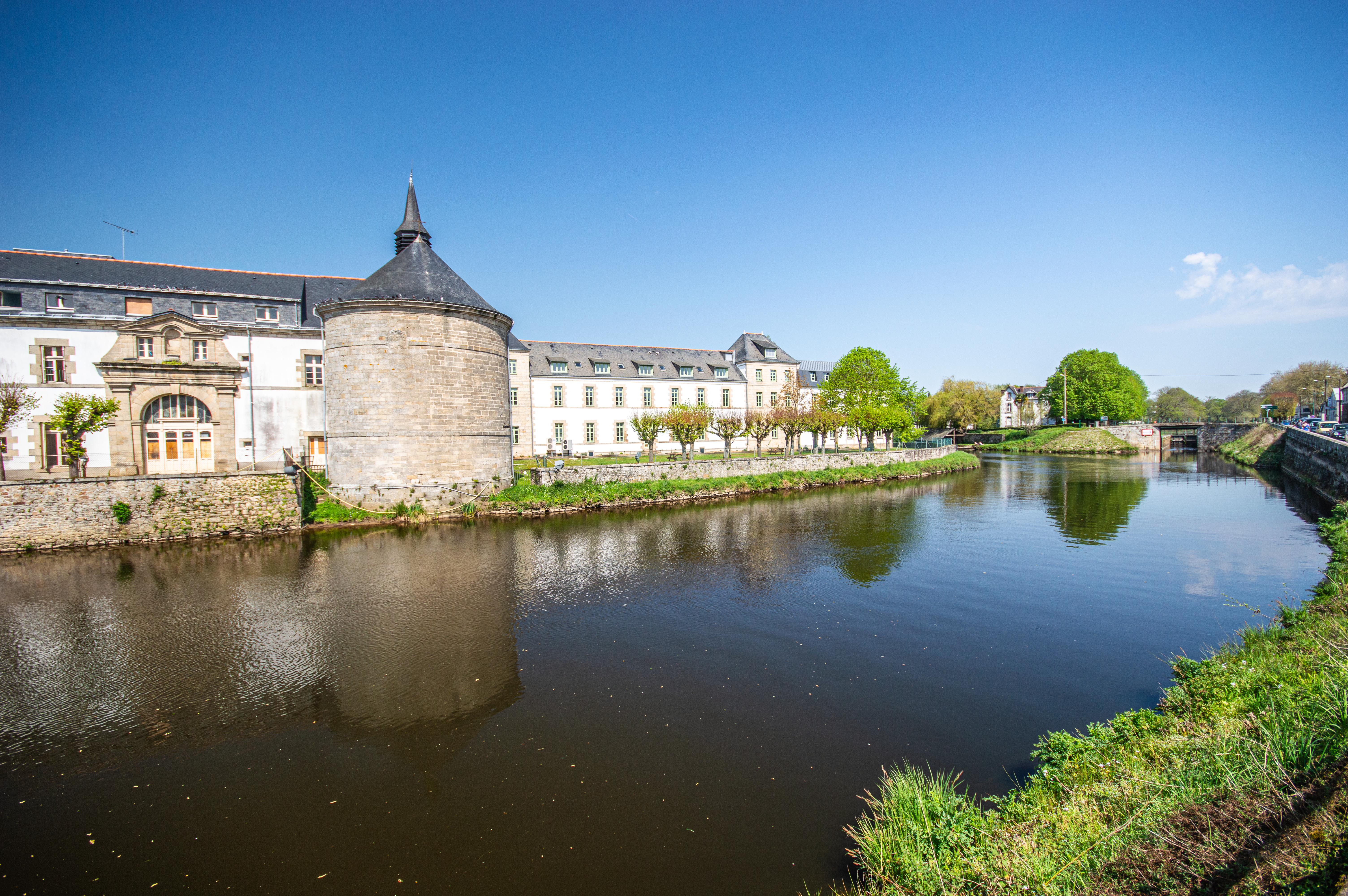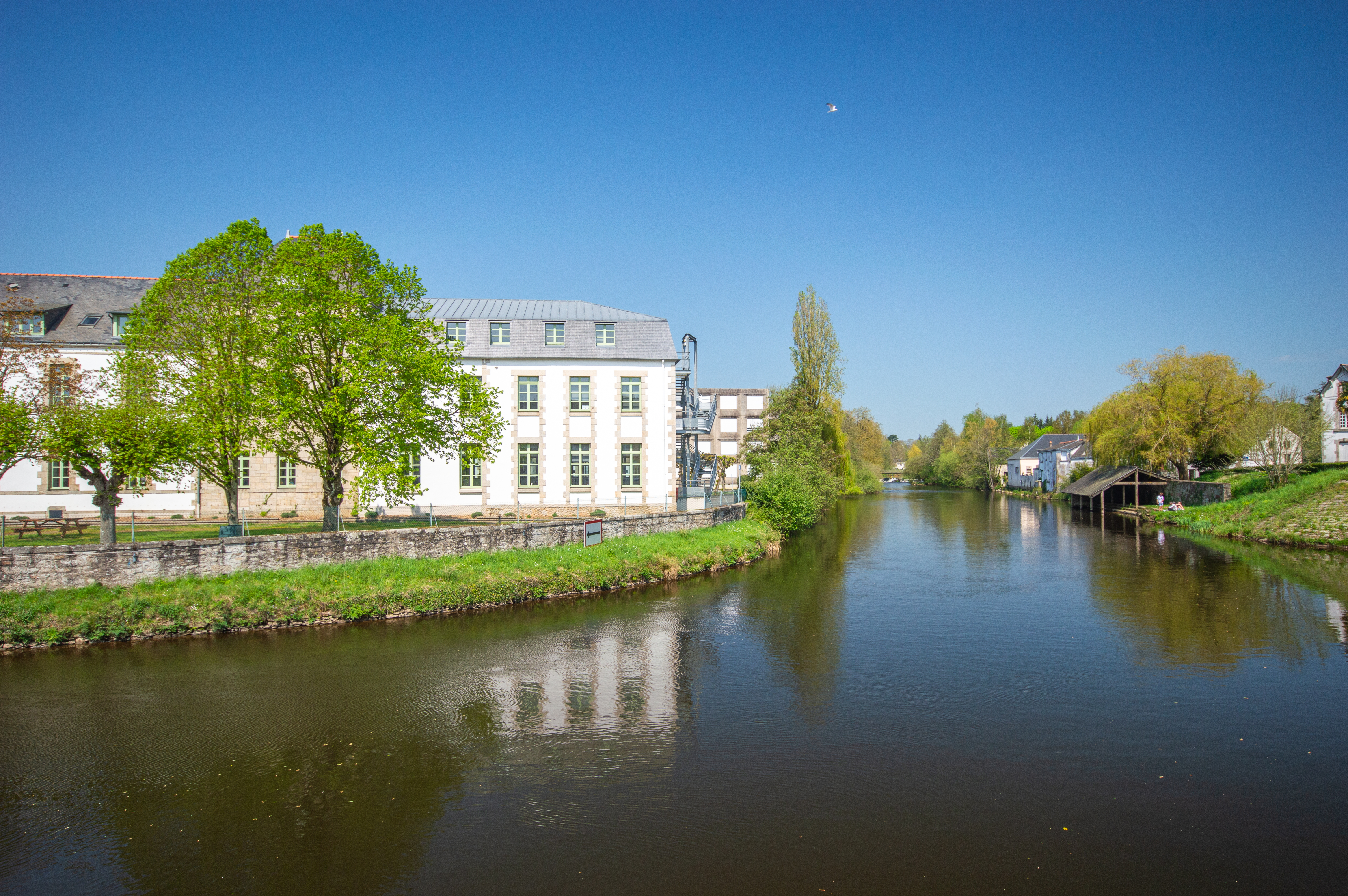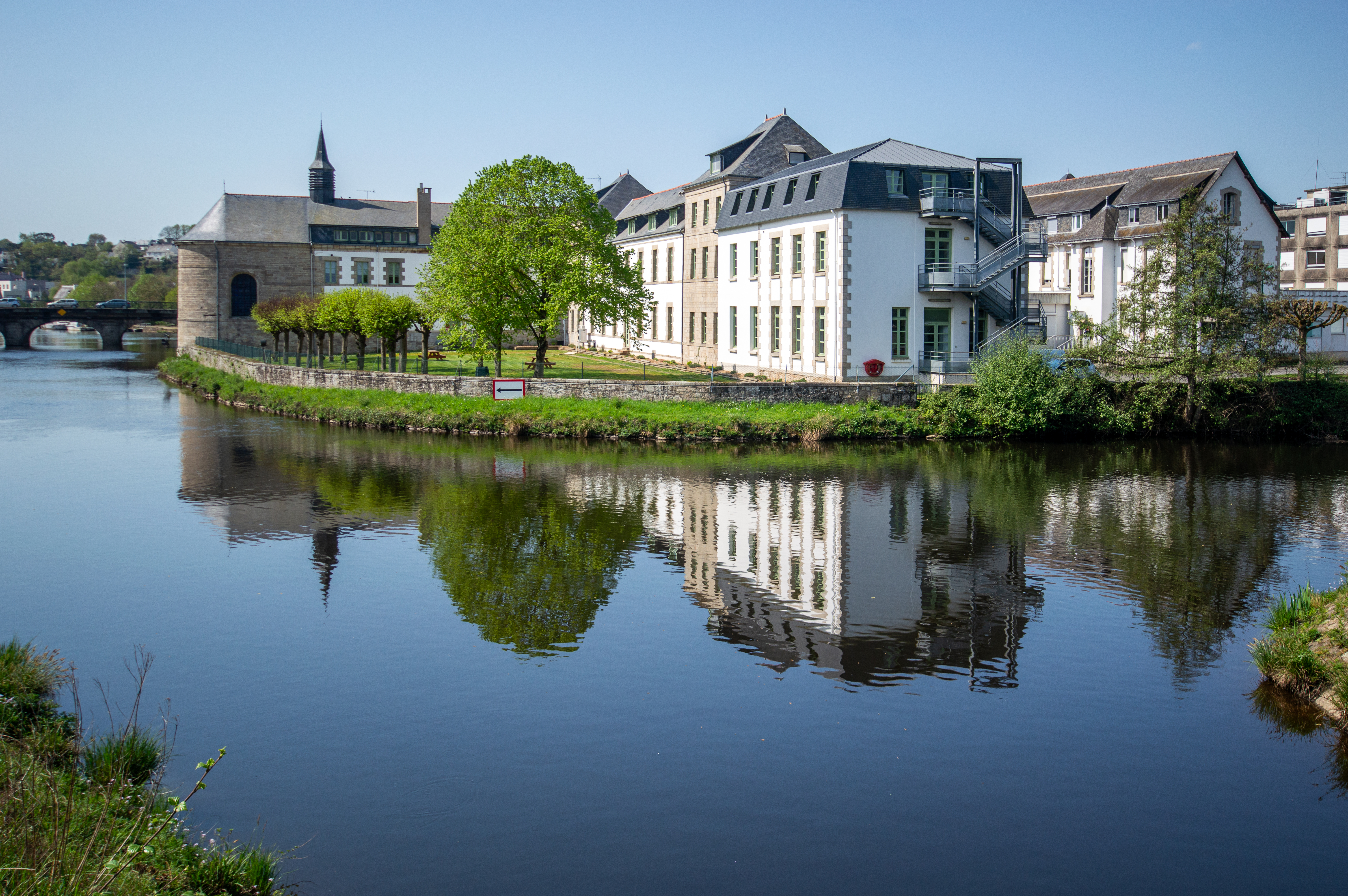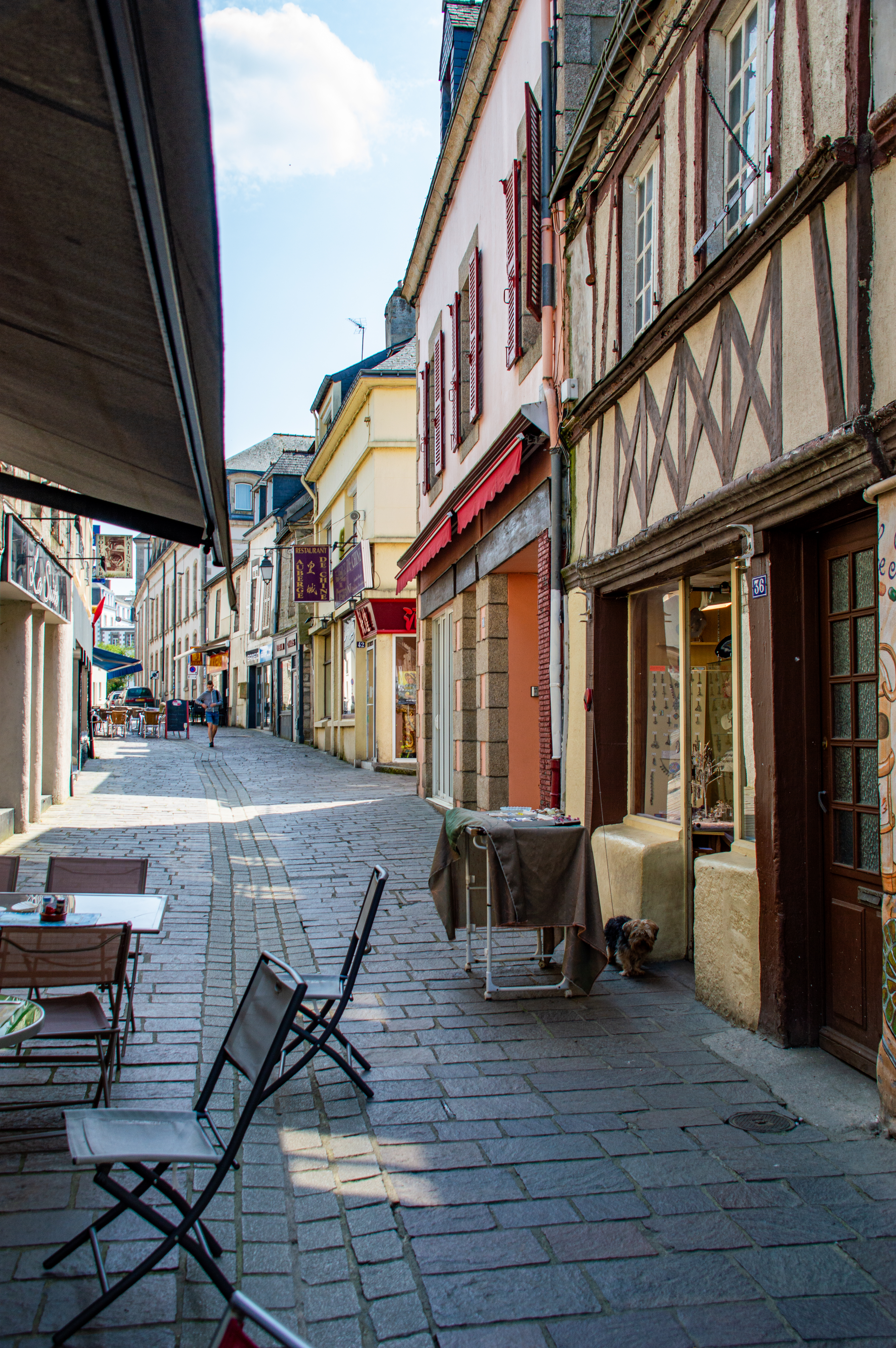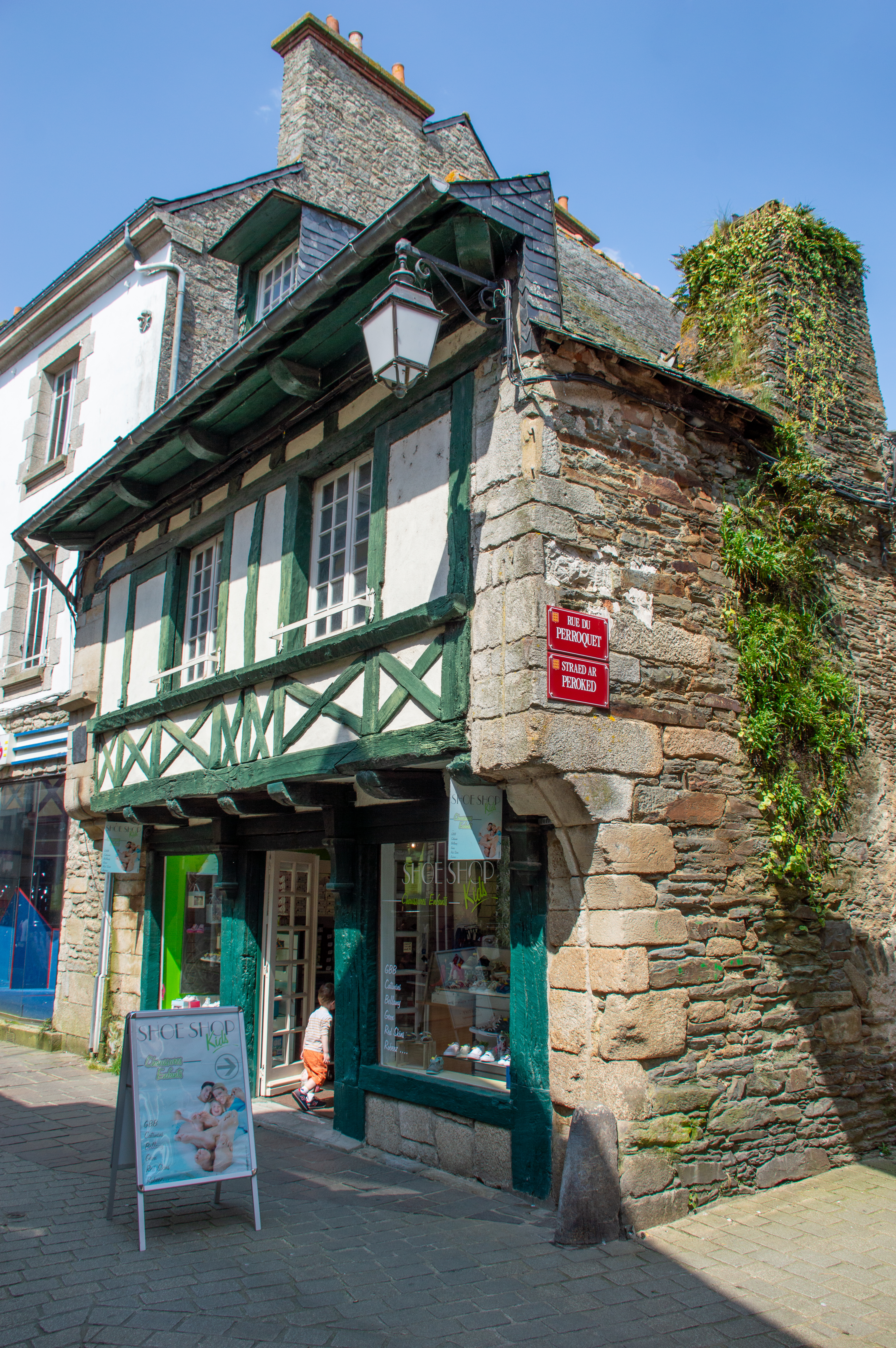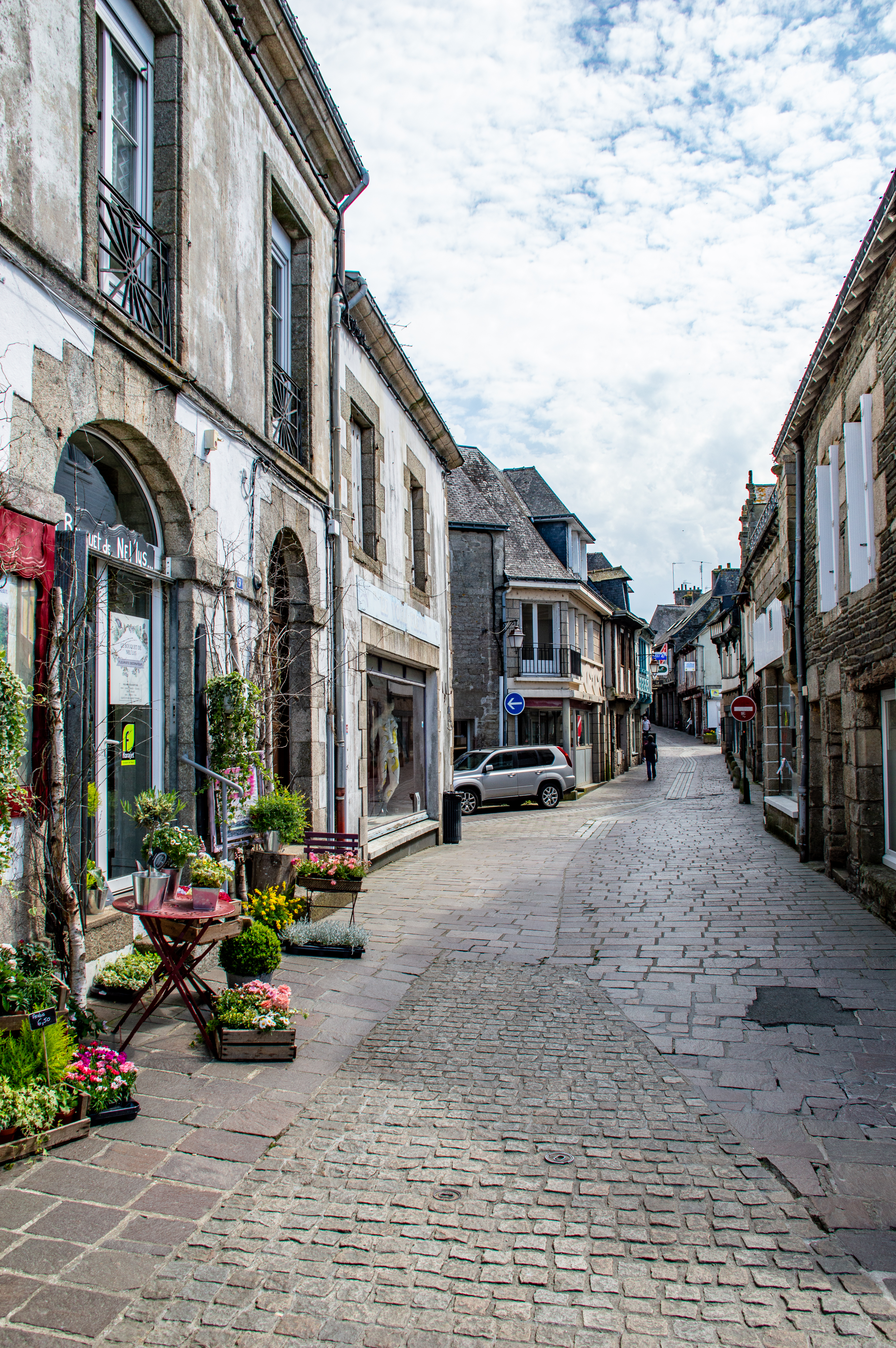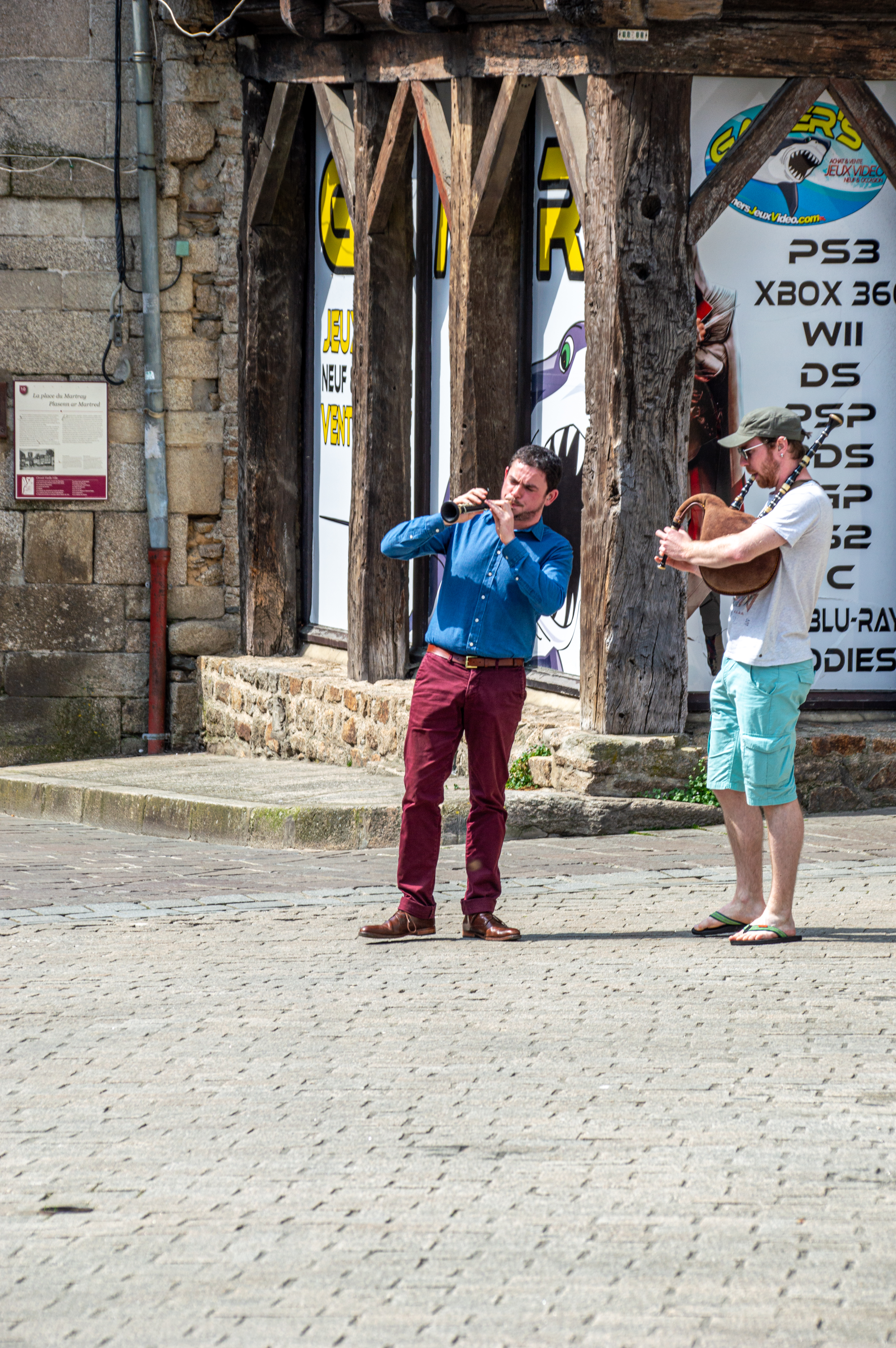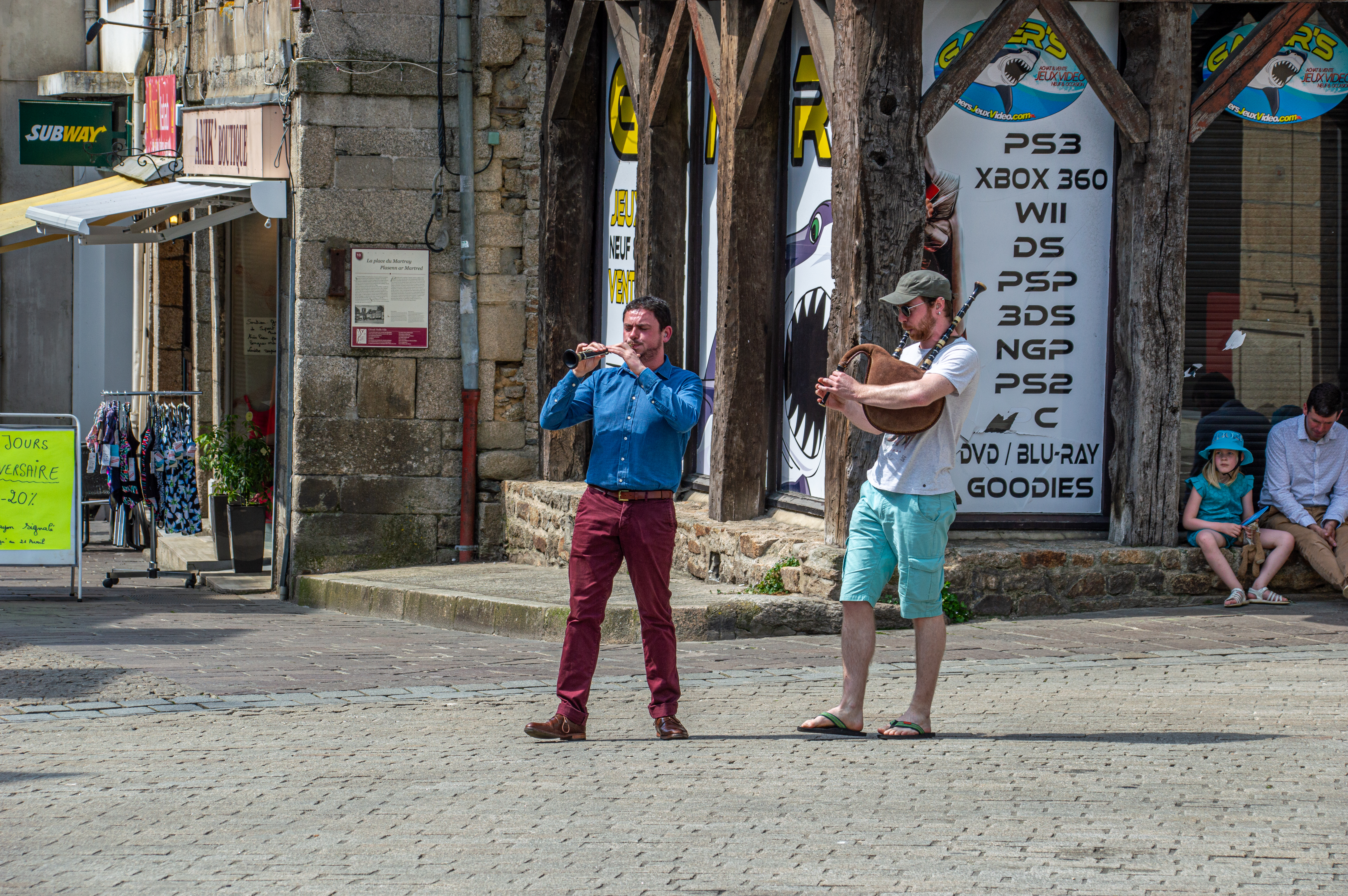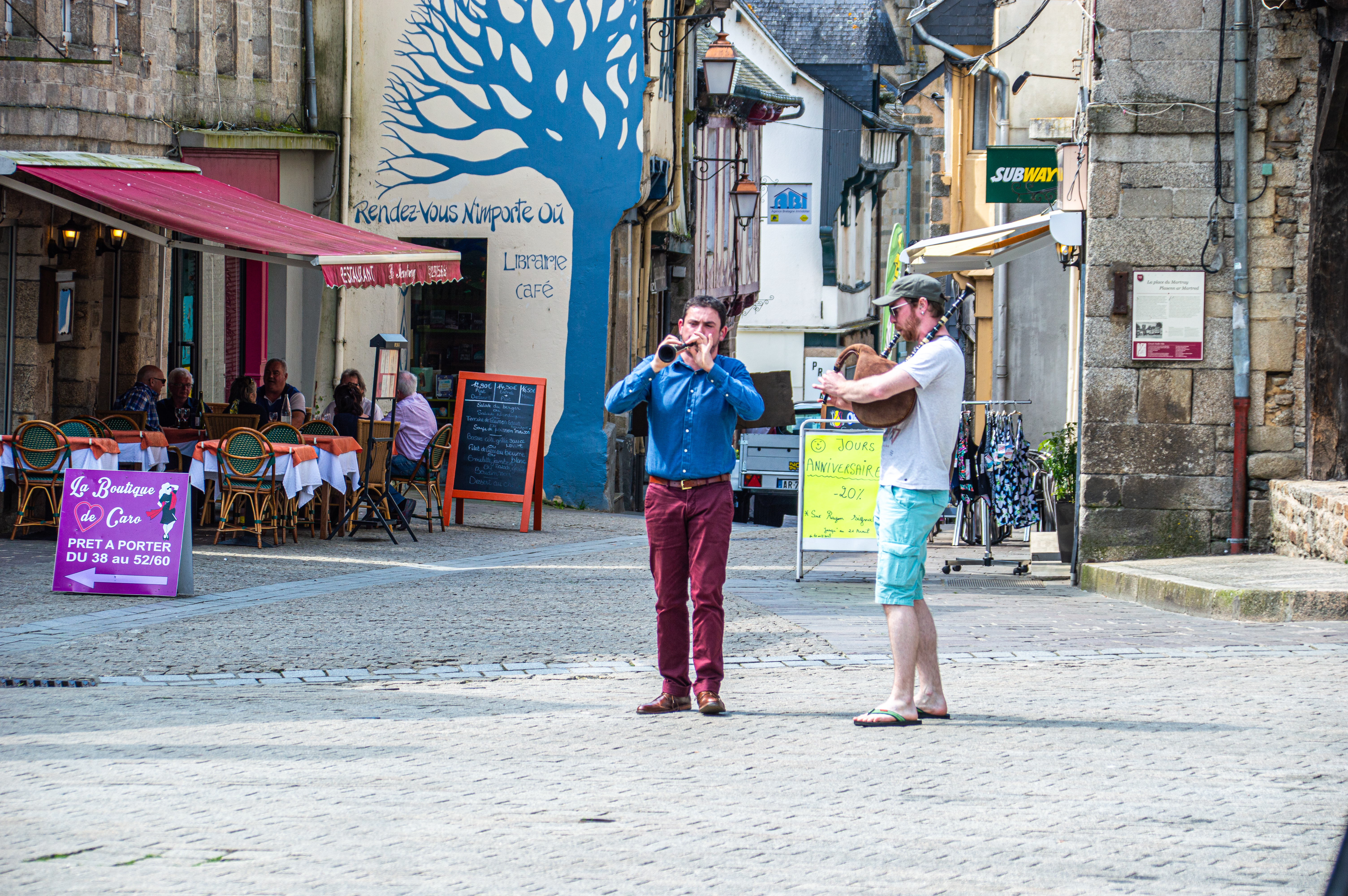Pontivy is a historic town in central Brittany, France, known for its dual identity: a medieval stronghold of the Rohan family and a Napoleonic “planned city” later renamed Napoléonville. Today it is a subprefecture of Morbihan with about 14,500 inhabitants, balancing heritage, waterways, and modern civic life
The name derives from a 7th-century monk, Saint Ivy, who reputedly built a bridge across the Blavet—pont-Ivi in Breton, meaning “Ivy’s bridge
Pontivy became a seat of the Rohan family, who constructed the Château des Rohan in the late 15th century. The fortress, with its moat and towers, remains a landmark.
After the Edict of Nantes (1598), Pontivy was one of the rare Protestant refuges in Brittany.
In 1804, Napoleon Bonaparte renamed the town Napoléonville, redesigning it with wide, rectilinear streets and administrative buildings. After his fall, the name reverted to Pontivy, but under Napoleon III it briefly became Napoléonville again.
